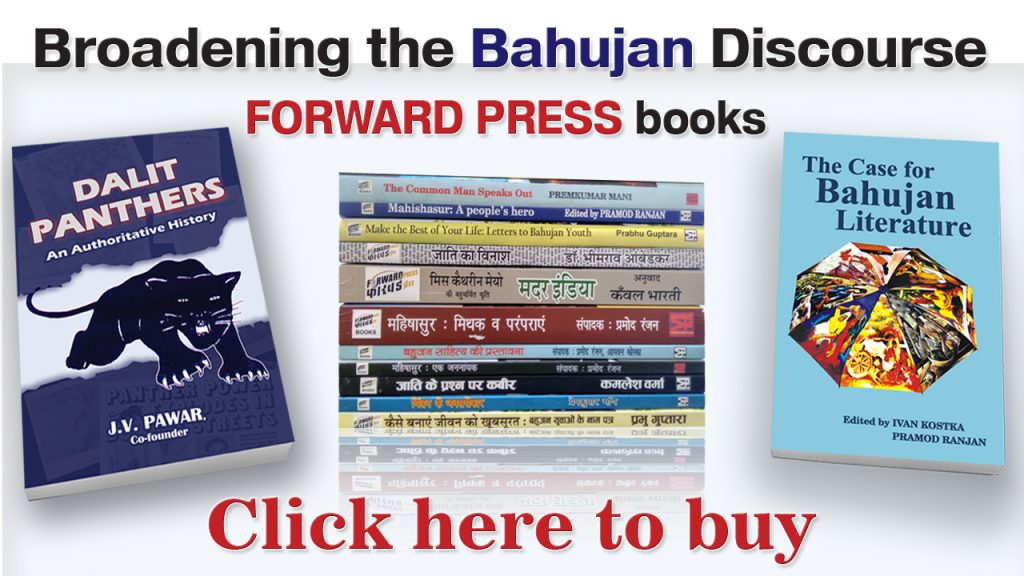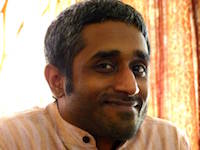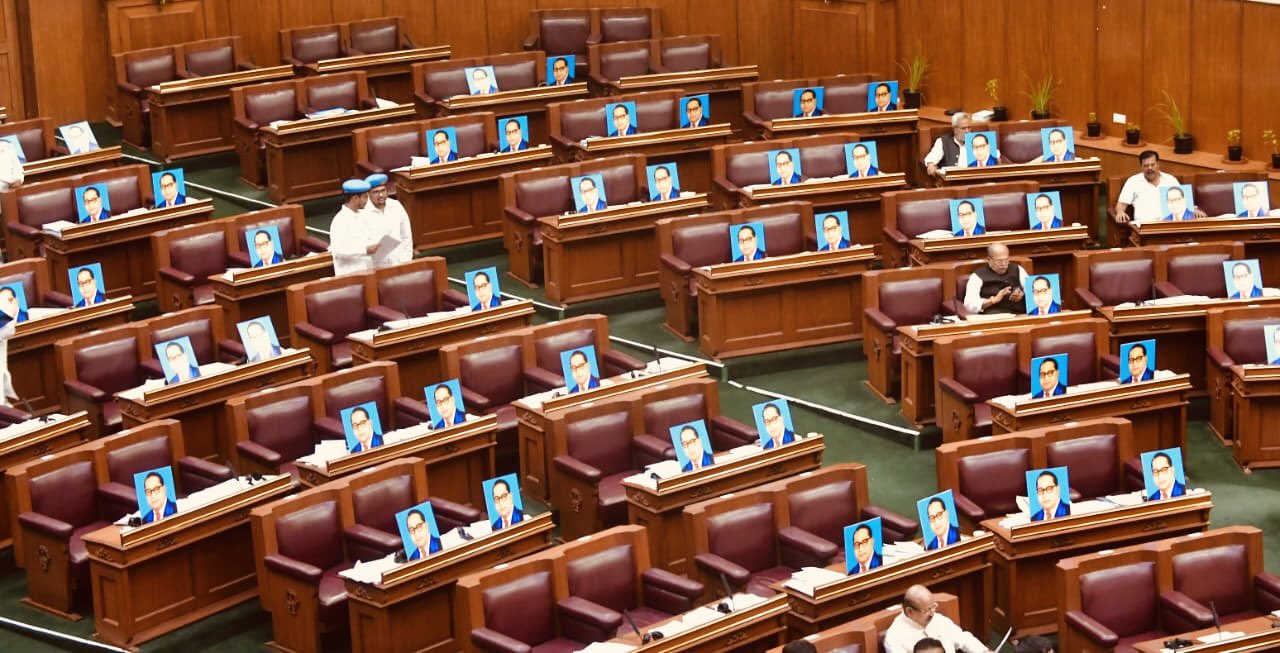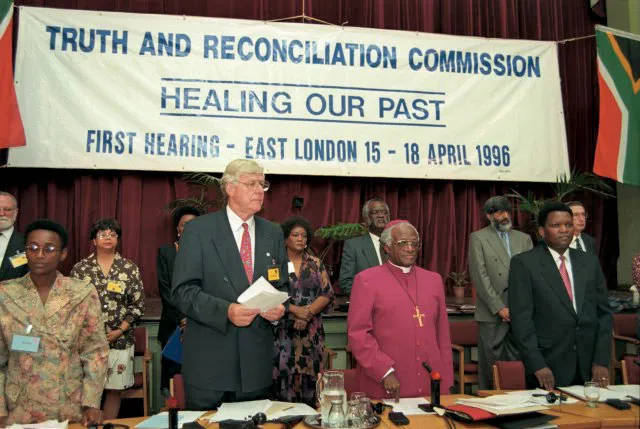Four months after Jotirao Phule published Gulamgiri, he founded the Satyashodhak Samaj (truth-seekers’ society) on 24 September 1873, bringing together mostly upwardly mobile Maharashtrian and Telugu Mali merchants, tradesmen and contractors, along with representatives of the Sali (weaver) caste, the Shimpi tailor caste, Kumhar (potter) caste, Mahar untouchables and Muslims. There were also lawyers, government employees and soldiers among them. Scholars Gail Omvedt and Rosalind O’Hanlon have referred to the Samaj as a “non-Brahman movement”.
About half a century earlier, the Peshwas had been in power. The British had replaced them since but the dominance of Brahmins in rural life remained and they had now filled up the rank and file of the bureaucracy. While the Brahmins learnt English and became the educated elite, the non-Brahmins, essentially Shudra-Atishudras in Maharashtra, were still denied access to schools. The Brahmin teachers would refuse to teach Shudra and Atishudra students unless the British intervened. Every ritual the Shudras observed involved Brahmin priests, who would overcharge for their services, leading the Shudras into indebtedness and often confiscation of their mortgaged land. The village-level Brahmin accountants, or Kulkarnis, in cahoots with the Brahmin moneylenders and the Brahmin priests, were driving those who lived by the sweat of their brow into penury.
Where would the exploited Shudras go for justice? Even British officers, misinformed by their Brahmin assistants, and unempathetic, would shrug off a hearing. It was a society designed for the comforts of a minority at the expense of the toiling majority. Yet, Phule had seen a glimmer of hope in the ‘enlightened British rulers’ and British law and justice system, hence his impassioned plea to the British government in the preface to Gulamgiri that he wrote in English: “It is no less the duty of such of my Sudra brethren as have received any education to place before Government the true state of their fellowmen and endeavour to the best of their power to emancipate themselves from Brahmin thraldom. Let there be schools for Sudras in every village; but away with all Brahmin schoolmasters! The Sudras are the life and sinews of the country, and it is to them alone and not to the Brahmins that the Government must ever look to tide them over their difficulties, financial as well as political. If the hearts and minds of the Sudras are made happy and contented the British Government need have no fear for their loyalty in the future.”
The aim of the Satyashodhak Samaj was to free the toiling masses from the clutches of the Brahmins, build an egalitarian society, and educate and empower them. As merchants, traders and contractors, the Satyashodhaks, including Phule, regularly came in contact with both the rural masses and the government offices and were thus well situated to critique the functioning of society and government on the ground. The Samaj gave its members the freedom to come up with their own programmes as long as they adhered to its general principles that included equality (anti-casteism and anti-patriarchy) and rationality (anti-superstition). There was thus room for disagreements and there were disagreements – on to what extent they should be critical of the Brahmins and the British government, for example – and key members went on to launch their own organizations. Yet they would never leave the movement. Among the most influential leaders were Krishnarao Bhalekar, the founder and editor of the Din Bandhu newspaper, and his successor Narayan Meghaji Lokhande. The Satyashodhaks succeeded in organizing boycotts of Brahmin priests in villages and pressuring the government to reserve scholarships for Shudra students. It had left a mark throughout rural Maharashtra.

Rosalind O’Hanlon sums up their influence in her book Caste, Conflict, and Ideology: Mahatma Jotirao Phule and Low Caste Protest in Nineteenth-Century Western India: “Satyashodhak ideology accepted the idea of lower caste backwardness, but held further that Brahmans had combined to use their religious authority and their more recently acquired administrative and political power to perpetuate this division … Such undisguised antagonism might by itself have been an unwieldy instrument of propaganda … When this hostility was linked, however, with the independence in ritual, and enhanced with the imagery of the toiling cultivator, it became a most potent force for the recruitment of support. This was particularly the case in the rural communities, where Satyashodhak ideology linked up with the issue of indebtedness amongst the cultivators.”
More than 130 years on, a non-Brahman movement has just forced a government elected by a huge majority and led by the Bharatiya Janata Party (BJP), which draws on the brahmanical ideology of its parent organization, the Rashtriya Swayamsevak Sangh (RSS), to withdraw three farm laws that sought to make agriculture more amenable to the market, which would eventually render the farmer more vulnerable to middlemen and loan sharks and kill off the subsidized public distribution system. It took over a year of farmers taking to the streets, marching to the capital and turning highways into protest sites, and loss of hundreds of lives for the government to realize that the bills they had bulldozed through Parliament without discussion in the middle of the pandemic were becoming a political liability. An important ally had deserted them, empathy for the farmers and criticism of the government were growing as two important state elections awaited the ruling party in 2022.
Like the Satyashodhak Samaj and other non-Brahman movements in the late 19th century, the farmers’ movement brought together Shudras and Atishudras under the brahmanical Varna system – Jat Sikhs, non-Sikh Jats, Pasmanda Muslims and Dalits. Sikhism and its emphasis on the dignity of labour and sharing of the fruit of labour (kirat karo, vand chakko – two of the three pillars of Sikh philosophy along with naam japo, which exhorts followers to worship the nameless and formless god) provided the movement with the moral authority to call the government out on its inegalitarian and exploitative laws. The movement is also a legacy of the Sikh resistance through the past few centuries against invasions and unjust laws imposed by rulers.
But how did the Indian government even consider going against the interests of the toiling masses in the first place?
Gail Omvedt wrote in her paper, ‘Jotirao Phule and the Ideology of Social Revolution in India’, published in the Economic & Political Weekly in 1971 about the Brahmin elite of the late 19th century: “They developed an ideology which sought to use a revitalised Hindu tradition as the spiritual and moral centre around which the liberal modernism of the West could be grafted – ‘Eastern morals and Western science’. They accepted the ‘Aryan theory of race’ which had the implications of identifying them ethnically with their British conquerors rather than the majority of their fellow countrymen, which traced civilization in India from the Aryan conquest, and which gave a new pseudo-scientific justification for the caste hierarchy by linking varna to race. And they developed an economic theory which looked to the capitalist development of India freed from the destructive bonds of British imperialism and therefore opposed foreign exploitation without considering the exploitation of workers by native capitalists or peasants by landlords and the lower bureaucracy.”
Amid the groundswell of Shudra protests in Maharashtra, demanding the right to education and representation in governance, the Indian National Congress was first held in Bombay in 1885. The Congress brought together the educated upper-caste, mostly Brahmin, elite seeking greater participation in the government. As the Shudras laid claim to the Maratha Kshetriya (defenders of the land) tradition and invoked Chhatrapati Shivaji, Bal Gangadhar Tilak, who had also joined the Congress, began a campaign to appropriate Shivaji, launching annual Shivaji festivals. Din Bandhu, under the leadership of Lokhande, responded with a series of letters and articles. Dhondiram Namdev Kumbhar, a Satyashodhak activist, concluded his letter with a ballad:
How can these faithless ones cherish respect for the Chatrapati?
They do not pass on the gift of knowledge to others
They kept the Chatrapati himself in ignorance …
They brought Shivaji’s descendants to ruin
They attacked his honour at Hirabag
It is the Kshetriyas who should feel honour for Shivaji
The Brahmans should be singing the virtues of the peshwas.
(Rosalind O’Hanlon, Caste, Conflict and Ideology: Mahatma Jotirao Phule and Low-Caste Protest in Nineteenth-Century Western India)
And then he ended his letter with the following lines: My non-Brahman brothers, I beg you earnestly not to get caught up in the excitement, and become traitors to the country. We will not get another government like the English.” (ibid)
Such confidence of the Satyashodhak activists in the colonial government was misplaced. The British chose to engage with their Aryan-race fellows in the Congress and not the Shudra movement, precluding the possibility of a government in independent India that represented the toiling majority. More than seventy years after independence, we still have a deeply unrepresentative executive, legislature and judiciary as shown by the predicament of the farmers today. Add to the upper-caste State an upper-caste media – because of which there is deep disdain all around for the lowered castes and the tangible nation-building work that they do.
Forward Press also publishes books on Bahujan issues. Forward Press Books sheds light on the widespread problems as well as the finer aspects of Bahujan (Dalit, OBC, Adivasi, Nomadic, Pasmanda) society, culture, literature and politics. Contact us for a list of FP Books’ titles and to order. Mobile: +917827427311, Email: info@forwardmagazine.in)
The titles from Forward Press Books are also available on Kindle and these e-books cost less than their print versions. Browse and buy:
The Case for Bahujan Literature
Dalit Panthers: An Authoritative History






